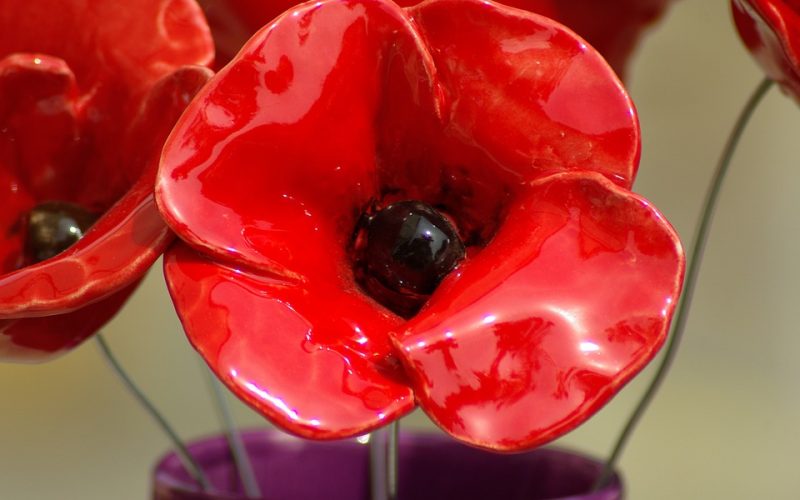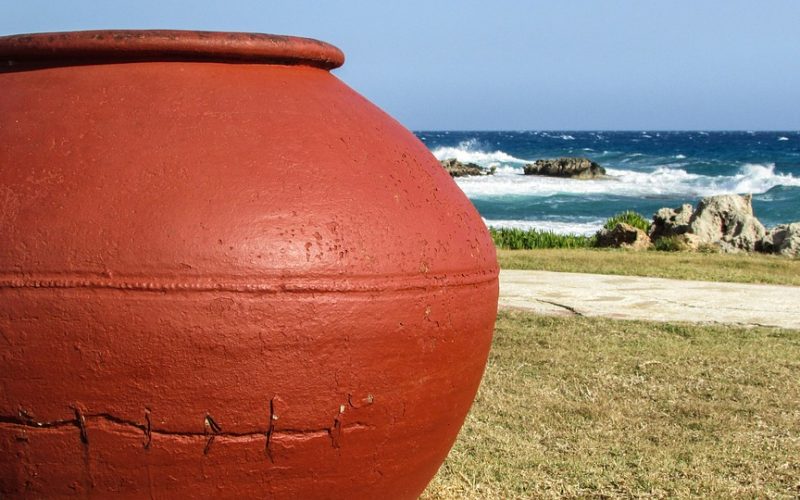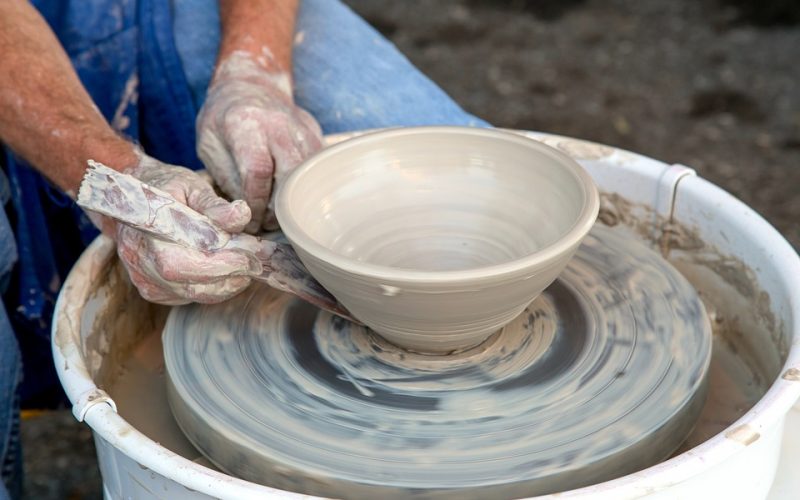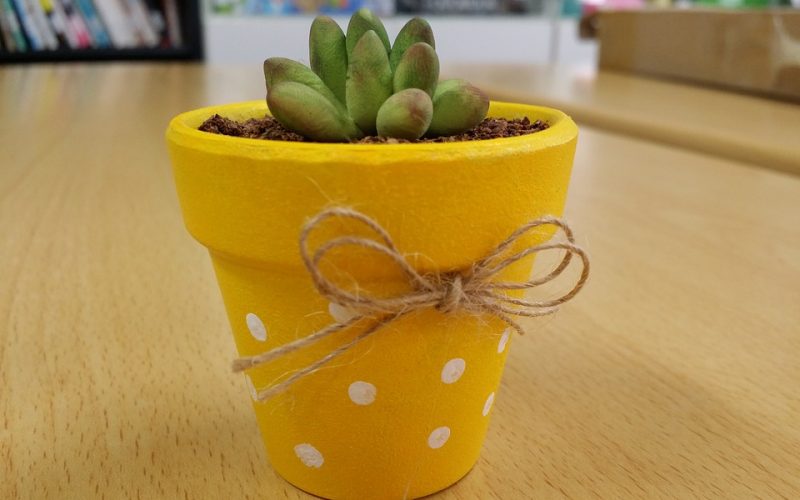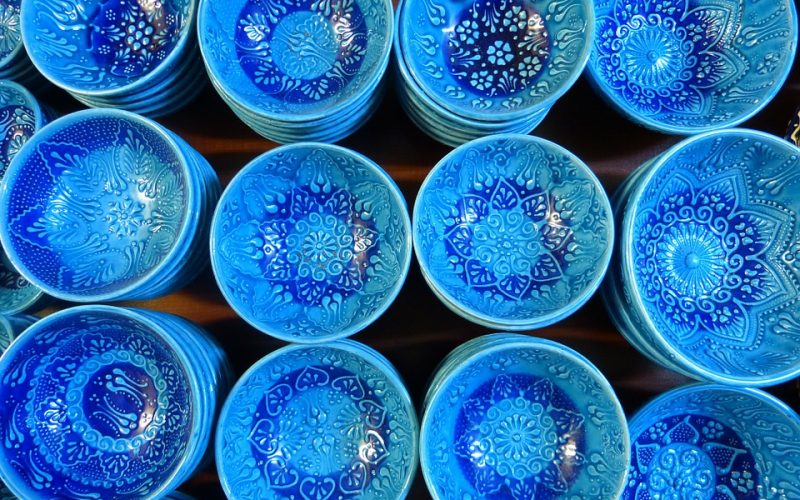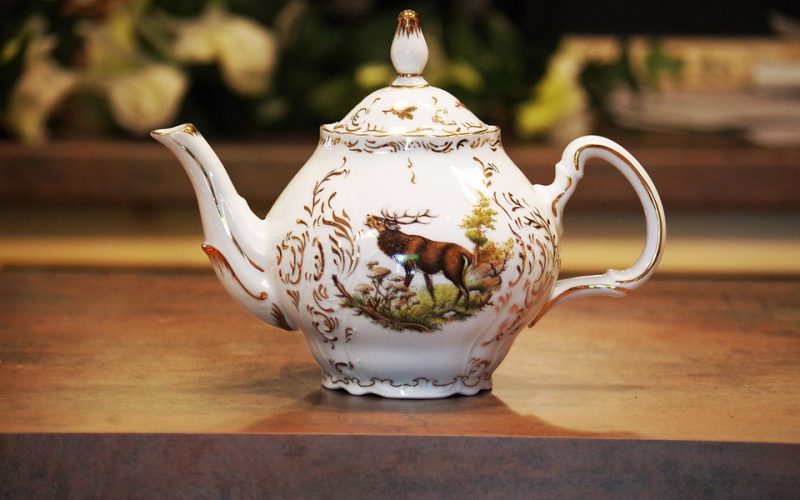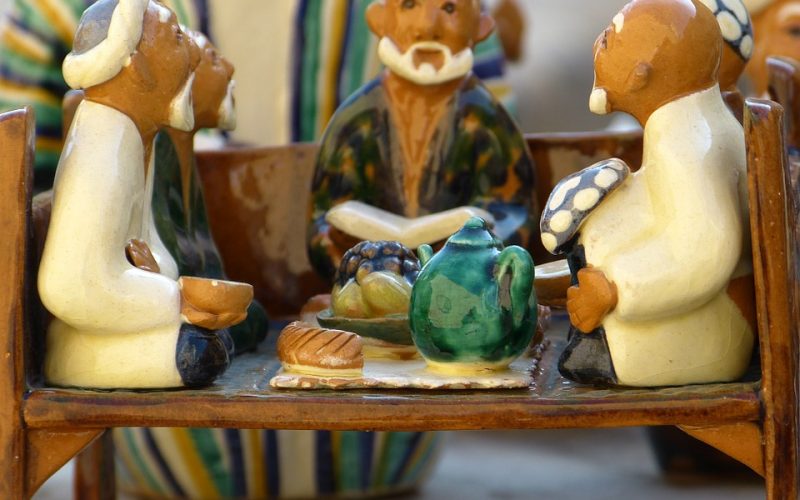Glazing a Finished Piece
Glazes are composed of three basic parts that are necessary for successful bonding. They each must contain a flux, a glass former and a refractory material. Some of these materials may perform more than 1 action, but all three actions must be present for the glaze to work properly.
A glaze for pottery or ceramics is the final step in producing a finished piece. The glaze covers the outside of the piece as well as the design layer. It gives a shiny, polished look that seals both the piece and the decorative layer together. When properly applied and fired, the wet glaze forms a glassy exterior and interacts with the clay of the piece to melt into a penetrating layer that will bond onto the piece for strength and durability. This final layer must be fired in the kiln to reach the proper temperature for bonding.
Glazes are composed of three basic parts that are necessary for successful bonding. They each must contain a flux, a glass former and a refractory material. Some of these materials may perform more than 1 action, but all three actions must be present for the glaze to work properly.
Flux is a substance that assists the glaze to adhere to the piece by lowering the refractory and glass former materials. Three common elements used as flux are sodium, potassium and calcium. The glass former component is generally made up of silica sand and it is a refractory material. The refractory component is an ingredient that has a high melting point. Alumina is commonly used as a refractory.
All of these elements are found within the clay, but they must also be present in the glaze for the process to work properly. Each glaze has its own recipe and firing temperature. The recipe of the glaze determines the amount of heat necessary for it to bond properly. The heat must drive out all the water that is used to liquefy the glaze for painting or dipping onto the bisque piece. The firing temperature must be high enough to melt the silica sand to form the glass layer without thinning it so much that it will liquefy and drip off the piece.
